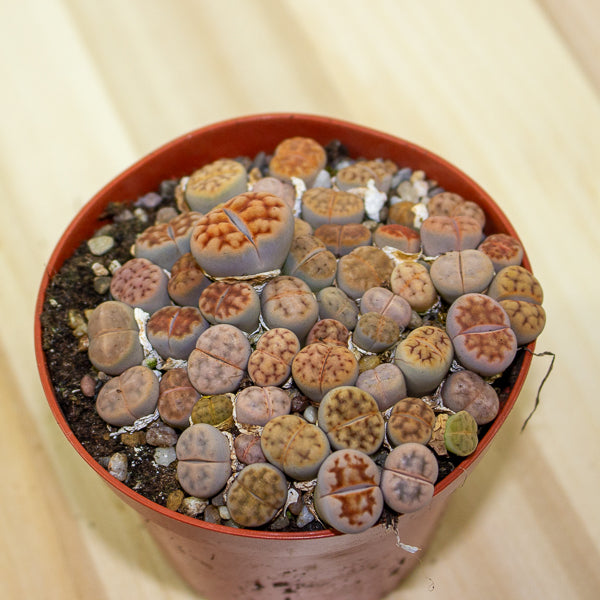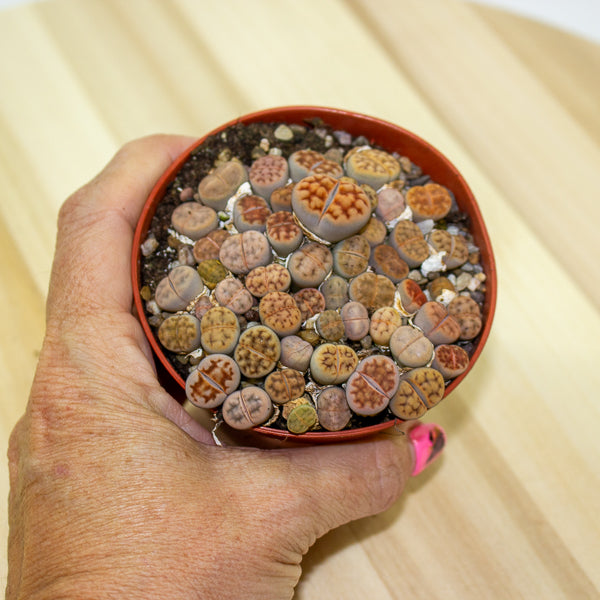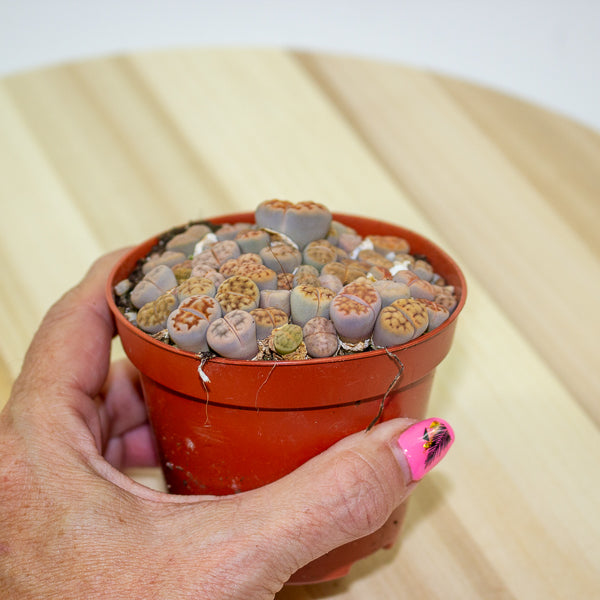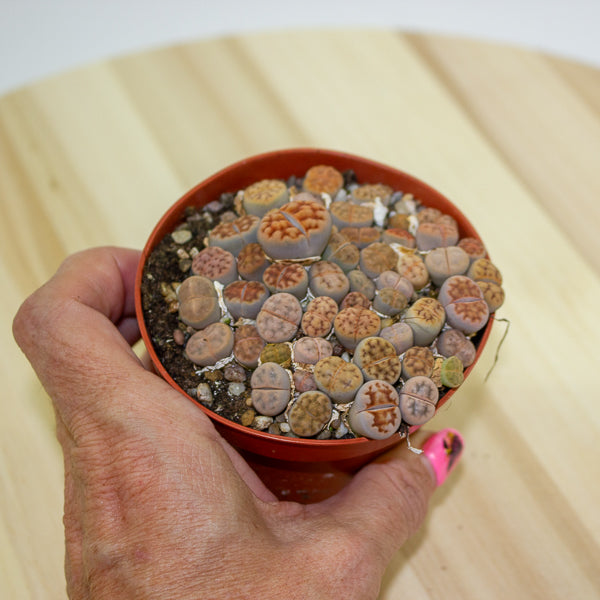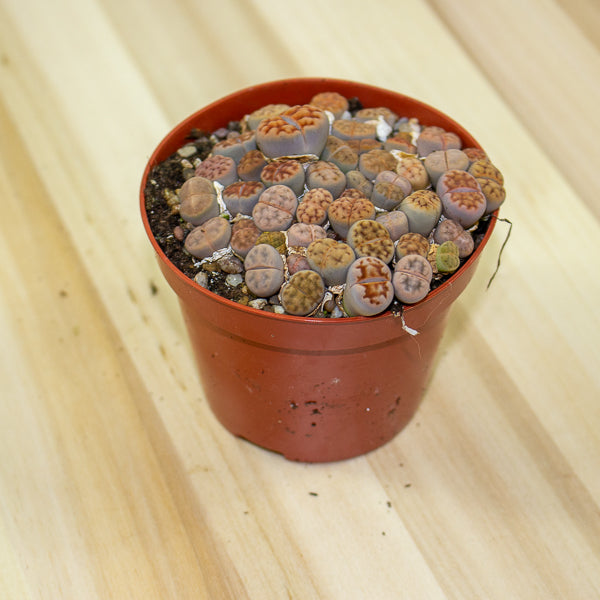1
/
of
6
Emm's Plant House
Lithops karasmontana bicolor 8.5cm H10cm
Lithops karasmontana bicolor 8.5cm H10cm
Regular price
£12.00 GBP
Regular price
Sale price
£12.00 GBP
Unit price
/
per
Taxes included.
Couldn't load pickup availability
Lithops karasmontana bicolor, commonly known as "Living Stones," is a fascinating and highly coveted variety of Lithops, a succulent species native to Southern Africa. Known for its unique appearance, this plant resembles small pebbles or stones, which helps it blend into its natural environment as a form of camouflage. The "bicolor" cultivar is particularly striking with its mottled gray-green and cream-colored top, creating a natural, marble-like effect. Lithops karasmontana bicolor is a perfect choice for collectors or anyone seeking an unusual and low-maintenance plant.
- Full Botanical Name: Lithops karasmontana bicolor
- Common Names: Living Stones, Bicolor Lithops
- Country and/or Region of Origin: Native to Southern Africa, particularly Namibia and South Africa
- Growing Conditions in Native Habitat: Grows in arid, rocky environments where it thrives in well-draining soil and receives little rainfall. It has evolved to blend in with its surroundings, using its stone-like appearance to avoid grazing herbivores.
Care Guide
Care Guide
Share
